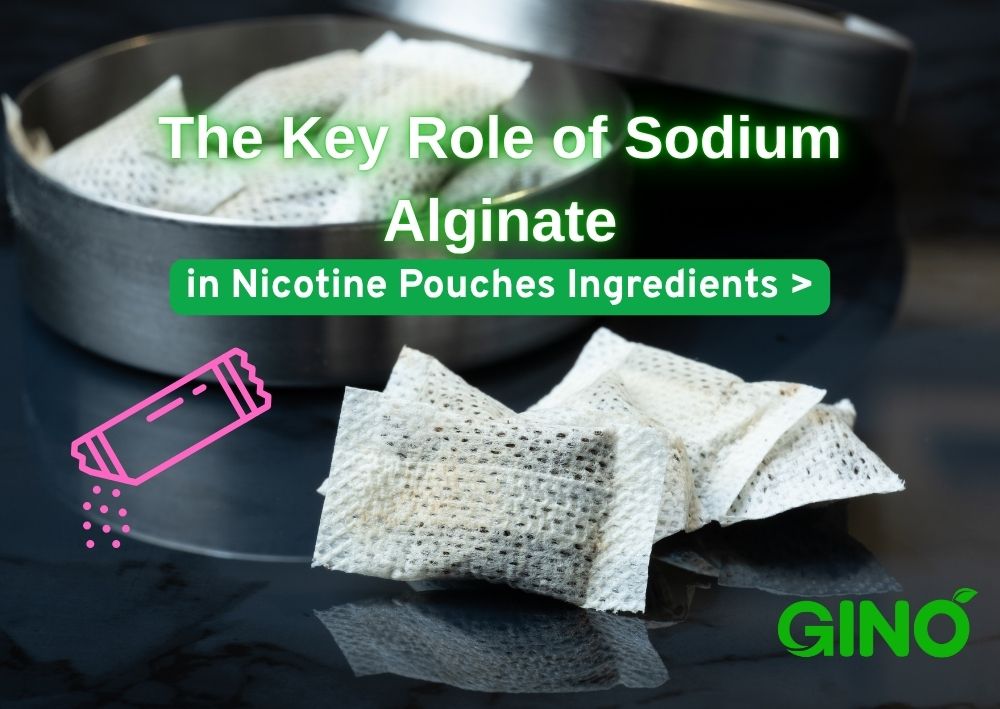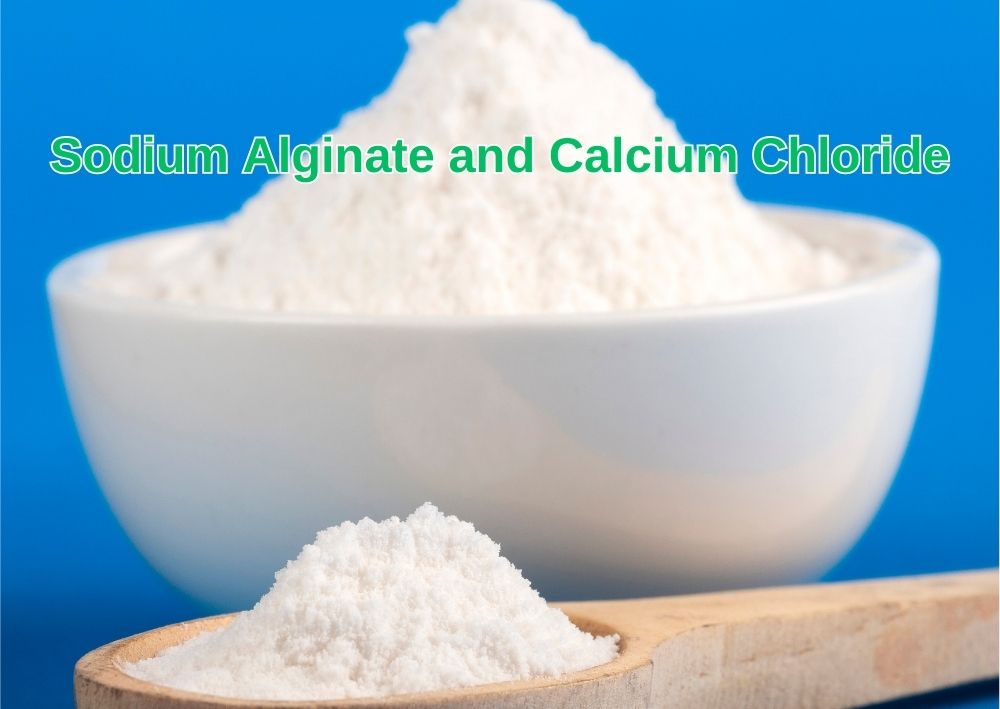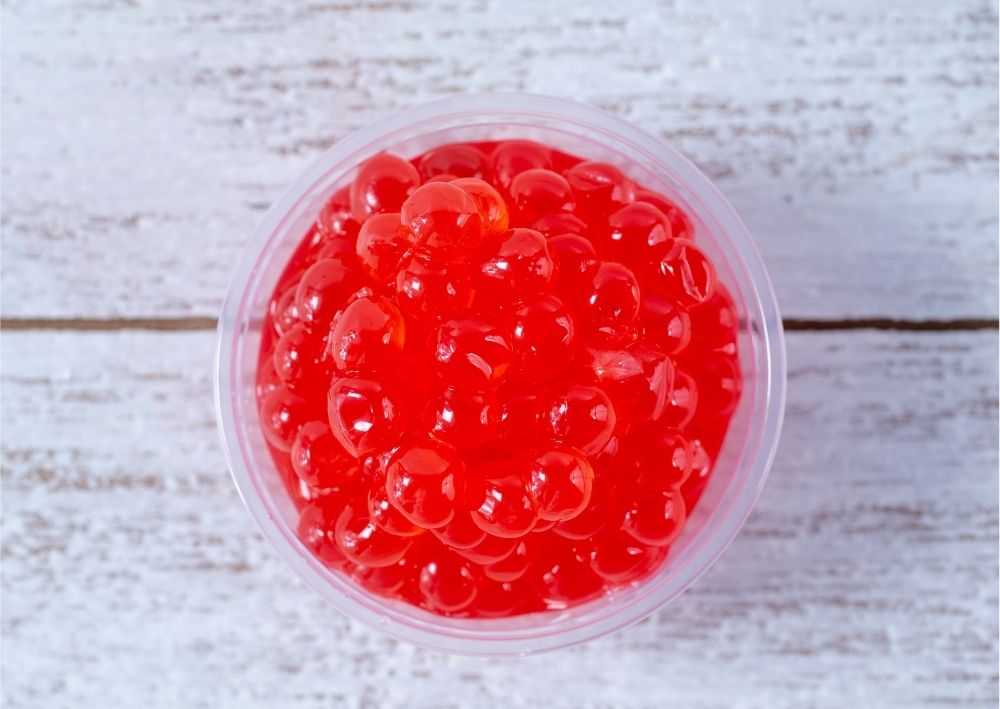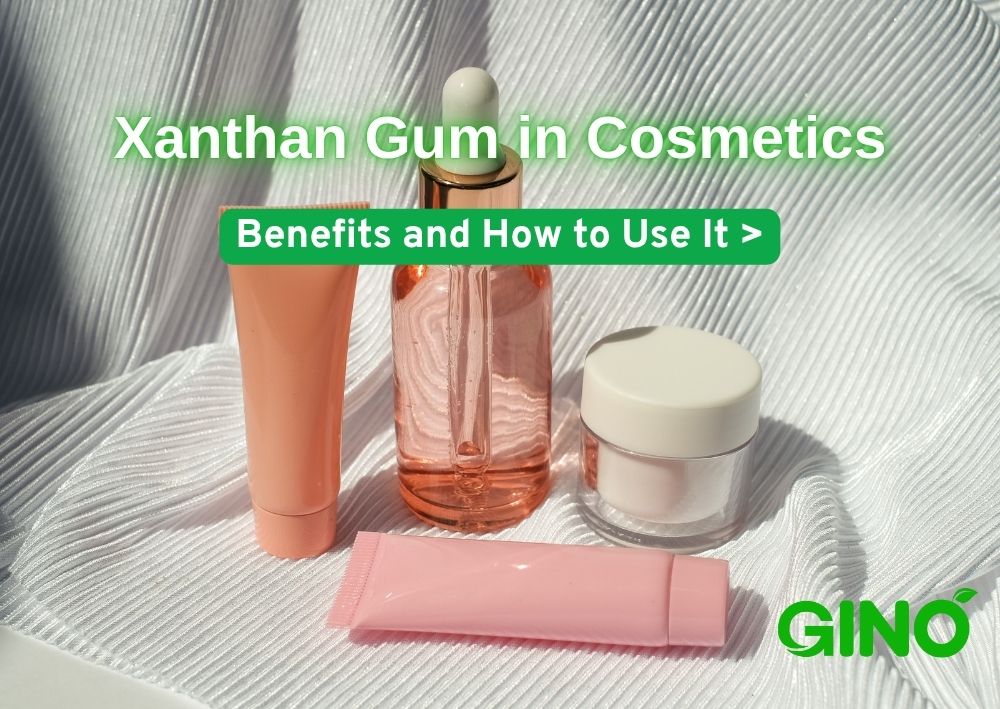
The Science Behind Sodium Alginate and Calcium Chloride
Sodium Alginate and Calcium Chloride
Let's delve into the science behind the interaction of sodium alginate and calcium chloride and explore how their properties have fostered innovation in the food industry.

Sodium Alginate is essentially composed of long-chain carboxyl-containing polysaccharides derived from brown algae. This polymer can absorb water quickly and expand, leading to a viscous solution. The viscosity of sodium alginate solutions can be adjusted by altering its concentration, making it adaptable for a variety of uses.
Calcium Chloride, on the other hand, is an ionic compound that's highly soluble in water and releases calcium ions (Ca2+) when dissolved. These calcium ions play the key role when interacting with sodium alginate.
The Cross-Linking Transformation
When sodium alginate solution is added to a solution containing calcium chloride, the calcium ions replace the sodium ions in the alginate, a process known as ionic cross-linking.
This causes the polymer chains to bind together, and as this happens, gel formation occurs. The reaction is almost instant, and the characteristics of the resulting gel can be controlled by the concentration, temperature, and ratio of the two components.
The Role in Food Innovation
The precise control of this process has allowed for creative applications in the food industry, such as:
- Spherification: It's a technique in molecular gastronomy where liquids are shaped into spheres that visually and texturally resemble caviar or roe. This process can transform myriad flavors -from fruit juices to cocktails- into memorable dining experiences.
- Texturizing Agent: Sodium Alginate, as a thickening and emulsifying agent, provides a smooth mouthfeel in ice creams, prevents ice crystallization, and even stabilizes emulsions in salad dressings.
- Food Coatings: Gels formed by the interaction of these compounds can create a protective layer around food products like fruits, helping to prolong shelf life by limiting exposure to air.
- Effervescent Formulas in Beverages: In drinks, the gel can encapsulate flavor pockets that release a burst of taste when consumed, adding a new dimension to beverage consumption.


Sodium Alginate and Calcium Chloride
Understanding the science behind sodium alginate and calcium chloride not only enriches our appreciation for food innovation but also sparks curiosity about how basic scientific principles can be applied to create extraordinary sensory experiences.
If you're ready to unleash culinary creativity and take your food or beverage products to the next level, we're here to help. Our premium quality sodium alginate is just what you need for these transformative food adventures.
Embrace the science of satisfaction.
Reach out now and let sodium alginate revolutionize your offerings!
Whether you're looking to innovate in spherification, add a luxurious mouthfeel to your products, or craft memorable gastronomic experiences, contact us today, and let's bring the marvel of sodium alginate and calcium chloride into your culinary creations!
Contact us





